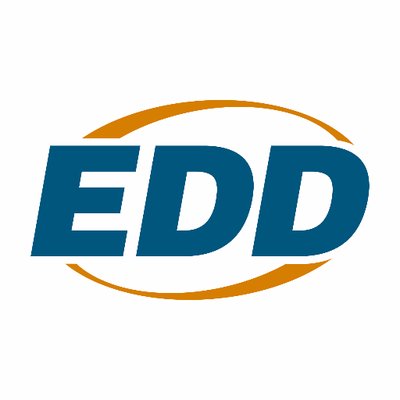Facing issues with EDD login? Here’s what you should do

Introduction
Are you facing issues with EDD login? Does it seem like your attempts to log in are futile, leaving you frustrated and confused? If so, don’t worry – you’re not alone. Electronic Data Deliverance (EDD) is a powerful tool for managing your online business, but it can be tricky to navigate at times. In this blog post, we’ll guide you through the most common EDD login issues and provide tips on how to fix them. So sit back, relax, and let’s get started!
What is EDD Login?
EDD Login is a secure and user-friendly login system designed for Easy Digital Downloads, an e-commerce platform that allows users to sell digital products online. With EDD Login, customers can create accounts on your website, log in securely with their credentials, and access their purchased products or download links.
The EDD Login system provides various benefits to both the store owner and the customer. Store owners can easily manage customer accounts, track purchases, and view order history through a simple dashboard. Customers can also benefit from features such as saved payment information and easy downloads of previously purchased items.
One of the primary advantages of using EDD Login is its built-in security measures that protect against unauthorized access. This ensures that all sensitive data including personal information, payment details are kept confidential during transactions.
EDD Login is an essential tool for any business selling digital products online. It streamlines the purchasing process while providing enhanced security features to ensure peace of mind for both sellers and buyers alike.
How to fix the most common EDD Login issues
EDD Login is an essential tool for managing your online store and tracking sales. However, like any other software, EDD Login can sometimes experience issues that may hinder its functionality. Here are some of the most common EDD Login problems and how to fix them.
One of the prevalent issues with EDD login is forgetting or using incorrect login credentials. To solve this problem, ensure you are entering the correct email address and password before logging in. If you forget your password, click on “Lost Password” to reset it.
Another issue that may arise when using EDD Login is a plugin conflict. In such cases, disabling plugins one by one until you find the problematic plugin can help resolve the issue.
Additionally, clearing browser cookies and cache frequently can also rectify most technical glitches related to EDD login. Ensure that JavaScript is enabled on your browser as well because it’s required for essential functionalities within the EDD system.
Updating all installed plugins and WordPress versions regularly ensures enhanced security features while preventing compatibility problems between different software versions.
By following these simple steps above, fixing common EDD login issues should no longer pose a significant challenge for you!
Other tips to keep in mind when using EDD Login
When using EDD Login, it’s important to keep a few things in mind to ensure that you have the best experience possible. Here are some tips:
1. Use strong passwords – Your password should be at least 8 characters long and include uppercase and lowercase letters, numbers, and symbols.
2. Enable two-factor authentication – Two-factor authentication adds an extra layer of security by requiring a code in addition to your password when logging in.
3. Keep your login credentials safe – Don’t share your username or password with anyone else, and always log out of EDD when you’re finished using it.
4. Clear your browser cache regularly – This can help prevent issues like slow loading times or error messages.
5. Check for updates – Make sure you’re running the latest version of EDD Login, as updates often include bug fixes and other improvements.
By following these tips, you can help ensure that your experience with EDD Login is smooth and secure.
Conclusion
If you are facing issues with your EDD login, don’t worry! There are many ways to fix the problem. Start by checking your internet connection and clearing your browser cache. If that doesn’t work, try resetting your password or contacting customer support for assistance.
Remember to always keep your login credentials safe and secure and never share them with anyone else. Also, make sure to update your password frequently to prevent any unauthorized access.
By following these tips and troubleshooting steps, you can quickly resolve any issues with EDD login and get back to managing your digital downloads hassle-free!



